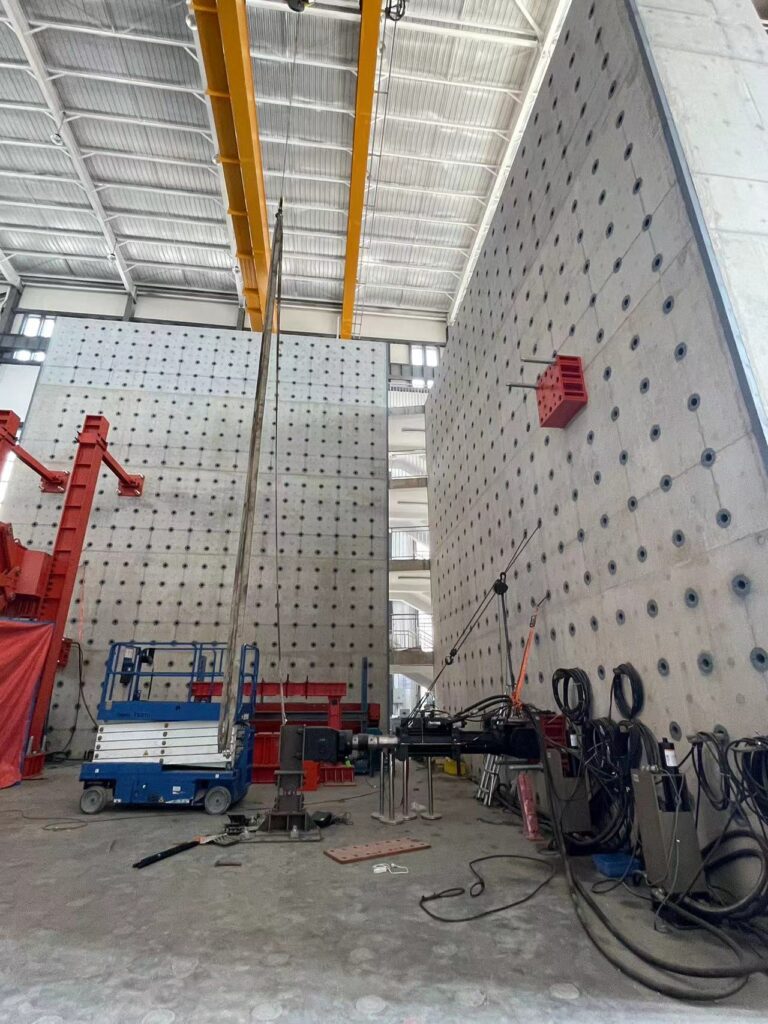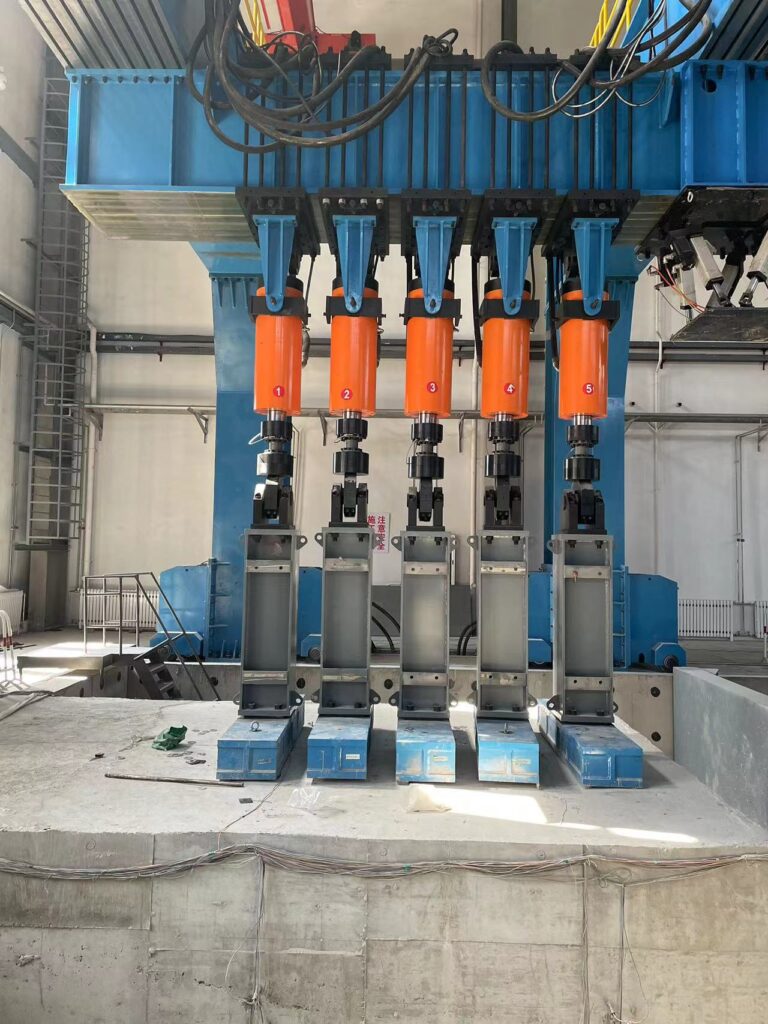Prof. Sean Wilkinson and Dr. Haoyu Huang were honoured to be invited by Xi’an University of Architecture and Technology (XAUAT), China, for an academic visit in the first week of September 2024. During this visit, Prof. Wilkinson delivered an engaging keynote presentation on Future-Proofing Infrastructure Using Consequence Forecasting, providing valuable insights into predictive methodologies for enhancing the resilience of modern infrastructure. Dr. Huang presented a talk titled Modern Timber Construction and Vibration Control, showcasing cutting-edge advancements in timber engineering and strategies for mitigating structural vibrations.
The visit also featured a series of interactive academic seminars that brought together academics, students, and researchers to discuss critical topics such as building resilience, bio-based construction, and sustainable development practices. These discussions fostered a vibrant exchange of ideas and perspectives.
Prof. Wilkinson and Dr. Huang had the opportunity to tour the new structural laboratories at the university’s Caotang Campus.
This visit marked the beginning of promising research collaborations between XAUAT and Newcastle University. Both Prof. Wilkinson and Dr. Huang expressed optimism about future visits, envisioning further opportunities for co-research, student exchanges, and collaborative innovations in sustainable and resilient construction.






















